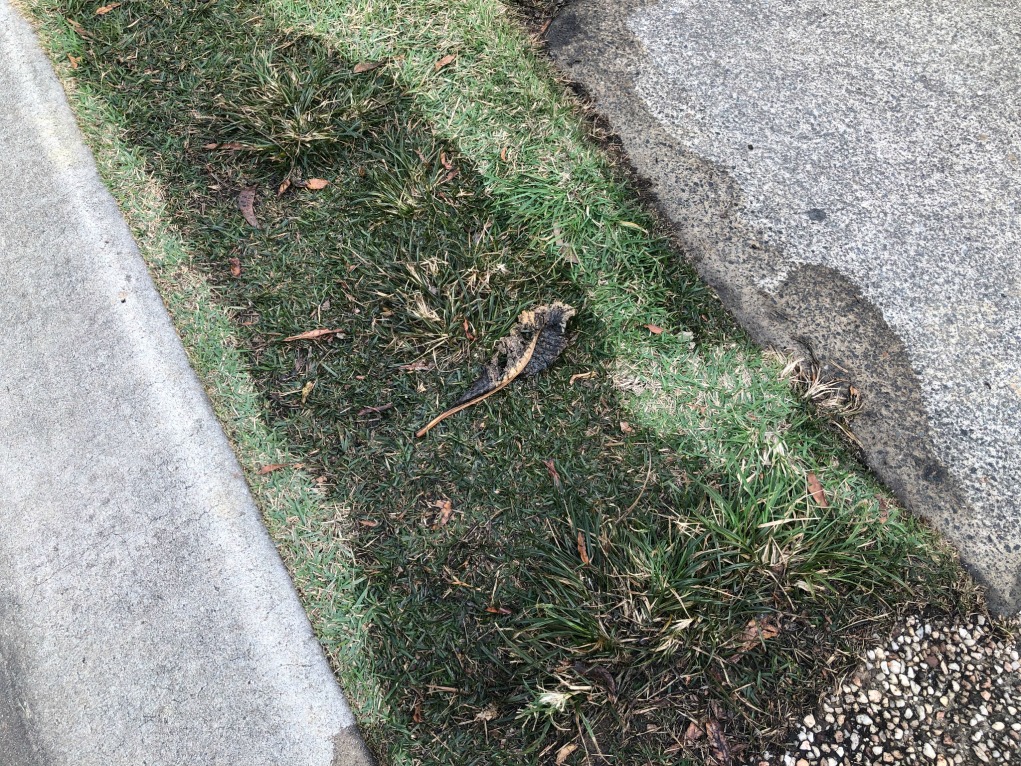Detecting Concealed Water Line Leaks: 6 Ingenious Hacks
Detecting Concealed Water Line Leaks: 6 Ingenious Hacks
Blog Article
This great article down below on the subject of Locating water leaks is totally entertaining. Give it a try and make your own personal conclusions.

Early discovery of leaking water lines can mitigate a potential calamity. Besides saving you cash, it will lessen the worry as well as aggravation. The minute you discover a leakage, calling your plumber for repair services is the best option. However, some little water leaks may not show up. If you can not find it with your naked eyes, here are some hacks that assist.
1. Check Out the Water Meter
Checking it is a surefire method that assists you find leakages. If it relocates, that suggests a fast-moving leakage. This means you may have a slow-moving leak that might also be below ground.
2. Examine Water Usage
Examine your water costs and also track your water intake. As the one paying it, you must discover if there are any inconsistencies. If you identify sudden changes, despite your intake being the same, it suggests that you have leaks in your plumbing system. Bear in mind, your water bill must drop under the same variety every month. An unexpected spike in your costs indicates a fast-moving leak.
On the other hand, a constant rise on a monthly basis, despite having the very same behaviors, reveals you have a slow-moving leakage that's additionally gradually intensifying. Call a plumber to completely inspect your home, particularly if you really feel a warm area on your flooring with piping underneath.
3. Do a Food Coloring Test
When it concerns water usage, 30% originates from bathrooms. Examination to see if they are running appropriately. Drop specks of food color in the storage tank as well as wait 10 mins. There's a leak in between the tank and also bowl if the shade somehow infiltrates your dish during that time without flushing.
4. Asses Outside Lines
Don't fail to remember to check your outdoor water lines too. Should water permeate out of the connection, you have a loosened rubber gasket. One tiny leakage can throw away lots of water and increase your water expense.
5. Examine and also Evaluate the Scenario
Property owners need to make it a habit to inspect under the sink counters and also also inside cabinets for any type of bad odor or mold and mildew development. These two red flags suggest a leak so timely focus is called for. Doing regular inspections, even bi-annually, can save you from a major problem.
Check for discolorations as well as damaging as many appliances and pipelines have a life expectations. If you think dripping water lines in your plumbing system, don't wait for it to rise.
Early detection of leaking water lines can minimize a prospective calamity. Some tiny water leaks might not be noticeable. Checking it is a guaranteed way that helps you discover leakages. One little leak can squander loads of water and also surge your water costs.
If you presume dripping water lines in your plumbing system, do not wait for it to intensify.
WARNING SIGNS OF WATER LEAKAGE BEHIND THE WALL
PERSISTENT MUSTY ODORS
As water slowly drips from a leaky pipe inside the wall, flooring and sheetrock stay damp and develop an odor similar to wet cardboard. It generates a musty smell that can help you find hidden leaks.
MOLD IN UNUSUAL AREAS
Mold usually grows in wet areas like kitchens, baths and laundry rooms. If you spot the stuff on walls or baseboards in other rooms of the house, it’s a good indicator of undetected water leaks.
STAINS THAT GROW
When mold thrives around a leaky pipe, it sometimes takes hold on the inside surface of the affected wall. A growing stain on otherwise clean sheetrock is often your sign of a hidden plumbing problem.
PEELING OR BUBBLING WALLPAPER / PAINT
This clue is easy to miss in rooms that don’t get much use. When you see wallpaper separating along seams or paint bubbling or flaking off the wall, blame sheetrock that stays wet because of an undetected leak.
BUCKLED CEILINGS AND STAINED FLOORS
If ceilings or floors in bathrooms, kitchens or laundry areas develop structural problems, don’t rule out constant damp inside the walls. Wet sheetrock can affect adjacent framing, flooring and ceilings.
https://www.servicemasterbyzaba.com/blog/how-to-detect-water-leakage-in-walls/

I'm just very eager about Leaking water lines and I hope you liked the entire entry. Do you know about somebody else who is very much interested in the topic? Take a moment to promote it. Thanks a lot for going through it.
Precision work offered. Report this page